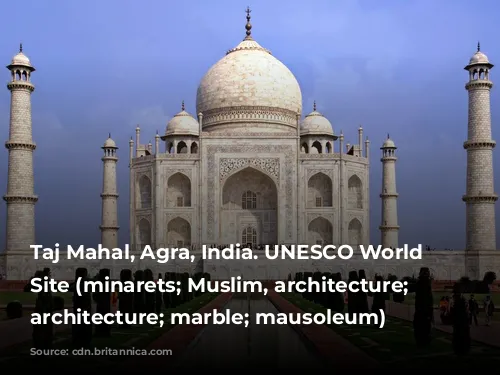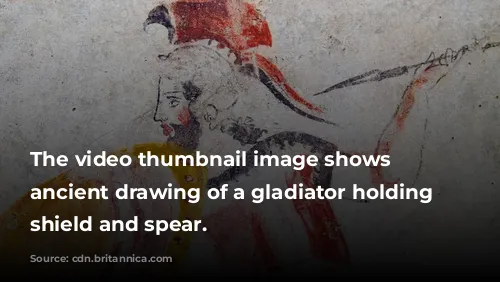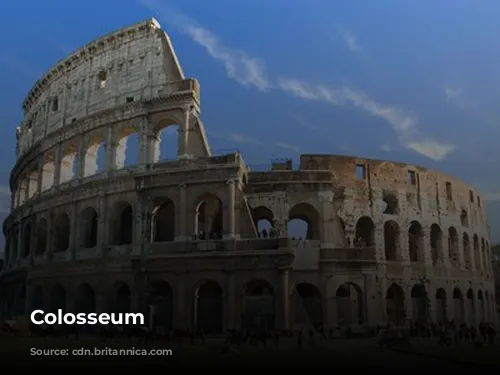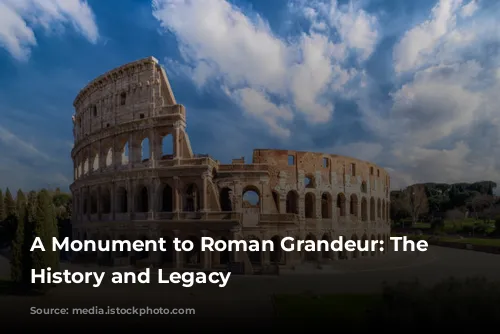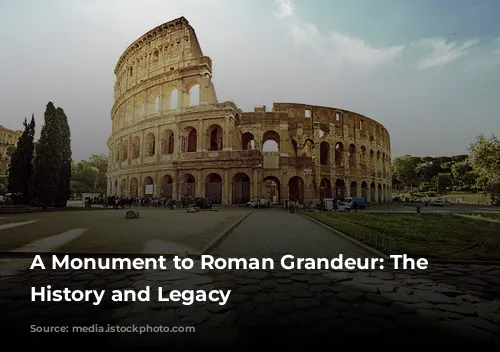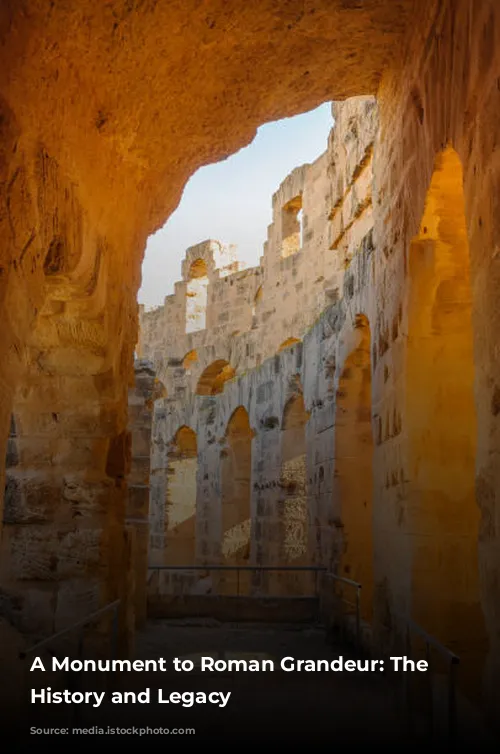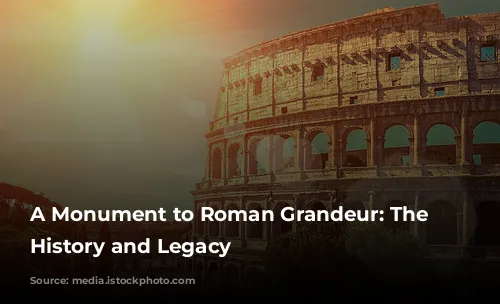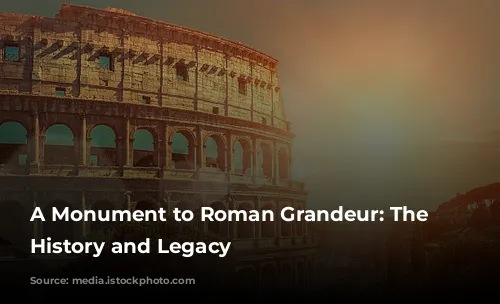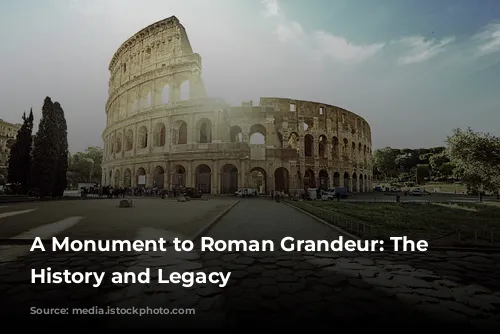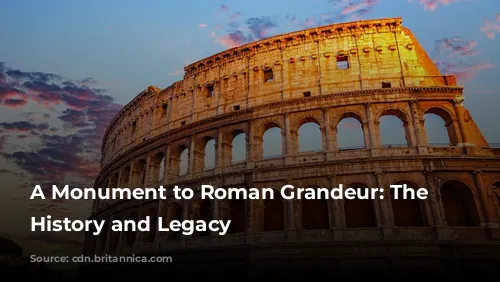The Colosseum, standing as one of the few remarkably well-preserved structures from the Roman Empire, serves as a powerful testament to ancient Rome’s architectural and engineering brilliance. This iconic monument draws visitors from across the globe, making it a significant source of income for the Italian government. In 2018 alone, the Colosseum, Roman Forum, and Palatine Hill generated over $63.3 million (€53.8 million), establishing themselves as the top tourist attraction in Italy.
The Colosseum’s history is interwoven with the rise and fall of the Roman Empire. After the collapse of the Western Roman Empire, the magnificent structure fell into disrepair. During the 12th century, the Frangipane and Annibaldi families, powerful Roman families, repurposed the arena as their fortress. Later, in the late 15th century, Pope Alexander VI granted permission for the Colosseum to be used as a quarry. The Colosseum, once a symbol of Roman grandeur, was stripped of its materials and left to decay for over a thousand years. Finally, in the 1990s, state-funded restoration efforts commenced, breathing new life into the ancient monument.
The Colosseum’s origins lie in the turbulent year of the four emperors, 69 CE. As the Roman Empire grappled with political instability, Emperor Vespasian sought to revitalize the city of Rome and solidify his rule. Like other amphitheatres of the time, Vespasian intended the Colosseum to be a focal point for public entertainment, a place for gladiatorial combat, thrilling animal hunts, and even mock naval battles.
Construction of the Colosseum began under Emperor Vespasian between 70 and 72 CE. The completed structure was dedicated in 80 CE by Titus, Vespasian’s son and successor, in a grand ceremony that included 100 days of games and spectacles. Emperor Domitian, Titus’s brother, later added the fourth story to the Colosseum in 82 CE. It’s important to note that the Colosseum’s construction was funded with spoils from Titus’s sack of Jerusalem in 70 CE, and enslaved Jewish people from Judea were used as laborers.
A Colossal Structure: Architecture and Design
The Colosseum, also known as the Flavian Amphitheatre, is a grand elliptical structure built in Rome during the reign of the Flavian emperors. Standing four stories tall at its highest point, the Colosseum is a testament to Roman engineering and architectural prowess. Made of stone, concrete, and tuff, the Colosseum measures 620 by 513 feet (189 by 156 meters) and could accommodate a staggering 50,000 spectators. The Colosseum was renowned for its use in gladiatorial combat, a spectacle that captivated the Roman populace.
The Colosseum’s location, just east of the Palatine Hill, was strategically chosen on the grounds of what was once Nero’s Golden House. The artificial lake that served as the centerpiece of Nero’s opulent palace was drained, and the Colosseum was constructed in its place. This decision was as much symbolic as it was practical. Vespasian, who ascended to the throne after a less privileged background, chose to replace the tyrannical emperor’s private lake with a public amphitheater that could accommodate tens of thousands of Romans, symbolizing his commitment to the public good.
Unlike earlier amphitheatres, which were often built into hillsides for stability, the Colosseum is a freestanding structure, supported by a complex system of barrel vaults and groin vaults. The Colosseum’s design is an architectural masterpiece, showcasing the Romans’ mastery of construction techniques. Three of the arena’s stories are adorned with arcades, framed by engaged columns in the Doric, Ionic, and Corinthian orders, a design that influenced Renaissance architecture and became known as the assemblage of orders. The main structural framework and facade are constructed of travertine, while volcanic tufa was used for the secondary walls, and concrete for the inner bowl and arcade vaults.
The amphitheater provided seating for an estimated 50,000 spectators, shielded from the scorching Roman sun by a massive retractable awning known as a velarium. Supporting masts extended from corbels built into the Colosseum’s top story, and hundreds of Roman sailors were responsible for manipulating the rigging that extended and retracted the velarium. The Colosseum witnessed countless events, including thrilling hand-to-hand combats between gladiators, contests between men and animals, and even grand mock naval engagements. However, the authenticity of the Colosseum’s role in the martyrdom of early Christians remains uncertain.
From Glory to Decay and Back: The Colosseum’s Enduring Legacy
During medieval times, the Colosseum was repurposed, first serving as a church and later as a fortress for the powerful Frangipane and Annibaldi families. Over time, the Colosseum suffered damage from lightning strikes, earthquakes, and vandalism. The marble seats and decorative materials were gradually stripped away, leaving the once-grand structure a mere quarry for over a thousand years.
In the 19th century, preservation efforts began in earnest, with notable contributions by Pope Pius VIII. The 1990s saw the launch of a major restoration project, breathing new life into the ancient monument. The Colosseum has long been a beloved tourist destination, drawing millions of visitors each year. The Colosseum continues to amaze and inspire visitors with its rich history and architectural splendor. Regular exhibitions focusing on ancient Roman culture are held at the Colosseum, further enriching the visitor experience.
The Colosseum remains a powerful symbol of Roman civilization, a testament to the grandeur and ingenuity of the Roman Empire. It stands as a living relic, reminding us of the extraordinary achievements of ancient Rome and its enduring legacy. As we walk through its ancient walls, we are transported back in time, experiencing a glimpse into the vibrant and often brutal world of ancient Rome.
